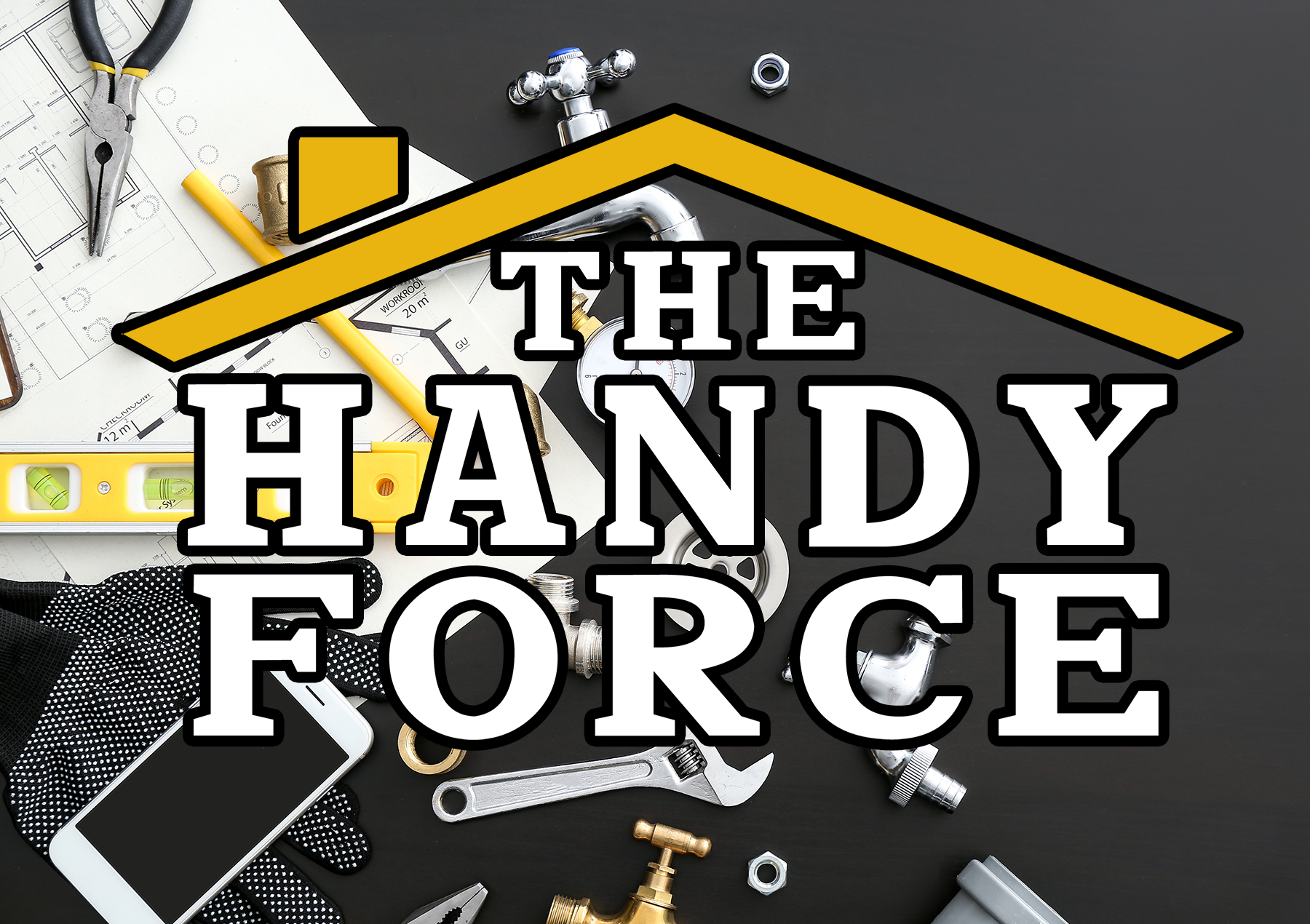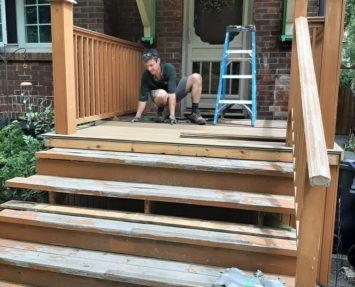Plumbing problems can be a headache, but many common issues can be fixed with a little know-how and the right tools. At The Handy Force, we believe in empowering homeowners to tackle small repairs while knowing when to call in the pros. Here are five simple DIY plumbing fixes you can handle, complete with step-by-step instructions, tools needed, and tips to ensure success. Let’s dive in!
1. Unclogging a DrainA clogged sink or shower drain is a common annoyance, often caused by hair, soap buildup, or grease. Here’s how to clear it.Tools Needed:
- Plunger
- Drain snake or wire hanger
- Baking soda and vinegar (optional)
- Gloves
Steps:
- Try a Plunger: Place a plunger over the drain, ensuring a tight seal. Push down and pull up vigorously for 15-20 seconds. Check if the water drains.
- Use a Drain Snake: If plunging doesn’t work, insert a drain snake (or a straightened wire hanger) into the drain to hook and pull out debris.
- Natural Cleaner (Optional): Pour ½ cup of baking soda followed by ½ cup of vinegar into the drain. Let it fizz for 15 minutes, then flush with hot water.
Safety Tip: Wear gloves to avoid contact with grimy debris. Avoid chemical drain cleaners, as they can damage pipes.When to Call a Pro: If the clog persists or recurs frequently, you may have a deeper blockage requiring professional tools.
2. Fixing a Leaky FaucetA dripping faucet wastes water and can drive up your bill. Most leaks are caused by worn-out washers or O-rings.Tools Needed:
- Adjustable wrench
- Screwdriver
- Replacement washer or O-ring (match your faucet model)
- Clean cloth
Steps:
- Turn Off the Water: Locate the shut-off valve under the sink and turn it off. Open the faucet to drain residual water.
- Disassemble the Faucet: Remove the handle (usually held by a screw under a decorative cap). Take apart the faucet to access the washer or O-ring.
- Replace the Washer/O-Ring: Swap out the worn part with a new one. Ensure it’s the exact size.
- Reassemble and Test: Put the faucet back together, turn on the water, and check for leaks.
Safety Tip: Keep track of small parts during disassembly to avoid losing them.When to Call a Pro: If the leak continues or the faucet is old, a full replacement may be needed.
3. Stopping a Running ToiletA toilet that runs constantly can waste gallons of water daily, often due to a faulty flapper or fill valve.Tools Needed:
- Replacement flapper (if needed)
- Screwdriver
- Gloves
Steps:
- Inspect the Tank: Remove the tank lid and flush the toilet to watch the flapper (the rubber seal at the bottom). If it doesn’t close properly, it’s likely the issue.
- Check the Flapper: Clean any debris around the flapper or replace it if it’s warped or cracked. Most hardware stores carry universal flappers.
- Adjust the Chain: Ensure the chain connecting the flapper to the flush valve isn’t too tight or too loose.
- Test the Toilet: Flush again to confirm the flapper seals properly.
Safety Tip: Turn off the water supply to the toilet before working to avoid accidental flushing.When to Call a Pro: If the toilet still runs or the issue lies in the fill valve, a plumber can diagnose deeper problems.
4. Tightening a Loose ShowerheadA wobbly showerhead can cause leaks or poor water flow, but tightening it is a quick fix.Tools Needed:
- Adjustable wrench
- Teflon tape (plumber’s tape)
- Clean cloth
Steps:
- Turn Off the Water: Shut off the water supply to the shower to avoid getting soaked.
- Remove the Showerhead: Gently unscrew the showerhead from the pipe using a wrench. Wrap the wrench in a cloth to avoid scratching the finish.
- Apply Teflon Tape: Wrap Teflon tape clockwise around the pipe threads to create a tight seal.
- Reattach and Tighten: Screw the showerhead back on by hand, then use the wrench to secure it snugly. Turn the water back on and check for leaks.
Safety Tip: Don’t overtighten, as this can damage the showerhead or pipe threads.When to Call a Pro: If the showerhead still leaks or the pipe itself is loose, a plumber may need to inspect the wall connection.
5. Replacing a Worn-Out Washer in a TapIf your faucet handle is hard to turn or leaks around the base, a worn-out washer is often the culprit.Tools Needed:
- Screwdriver
- Adjustable wrench
- Replacement washer (match the size)
- Clean cloth
Steps:
- Shut Off the Water: Turn off the water supply under the sink.
- Remove the Handle: Unscrew the handle (check for a hidden screw under a cap) and lift it off.
- Access the Washer: Disassemble the faucet stem to locate the washer at the base. Remove the old washer.
- Install the New Washer: Place the new washer in position, reassemble the faucet, and turn the water back on. Test for leaks.
Secure Tip: Take the old washer to the hardware store to ensure you buy the correct size replacement.When to Call a Pro: If the faucet still leaks or the internal components are corroded, a professional may need to replace the entire faucet.
Why These Fixes MatterTackling these simple plumbing repairs can save water, reduce your utility bills, and keep your home running smoothly. Plus, you’ll gain confidence in handling basic maintenance! However, if a problem feels too big or persists after your efforts, it’s time to call in the experts. At The Handy Force, our skilled team is ready to handle complex plumbing issues with precision and care.Ready to Take on More Home Projects? Check out our blog for more DIY tips or contact us for professional help with your next home improvement task!




